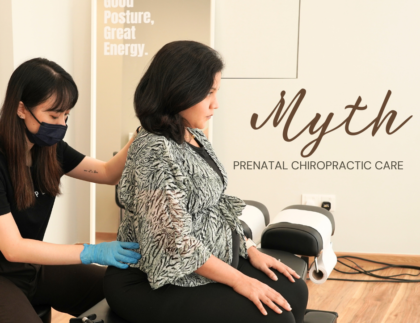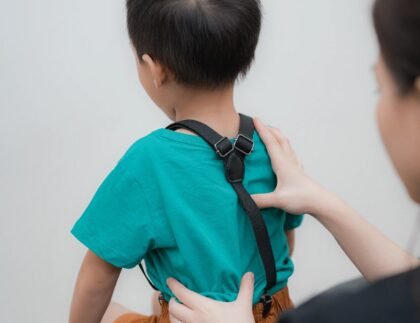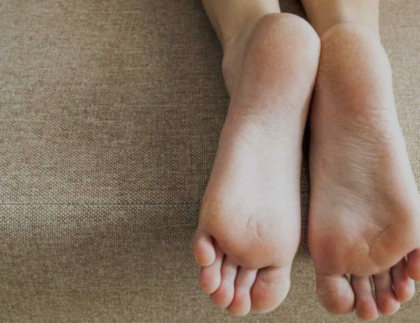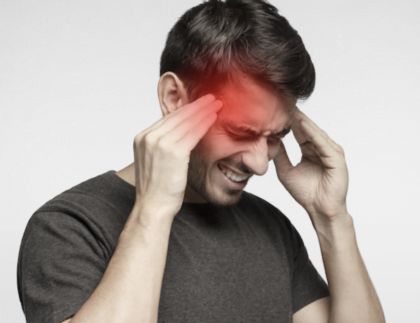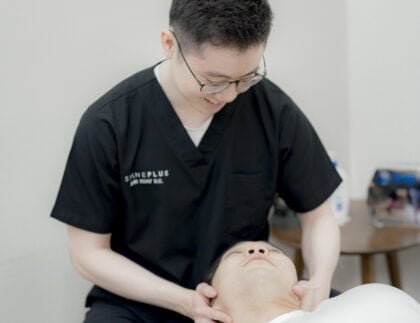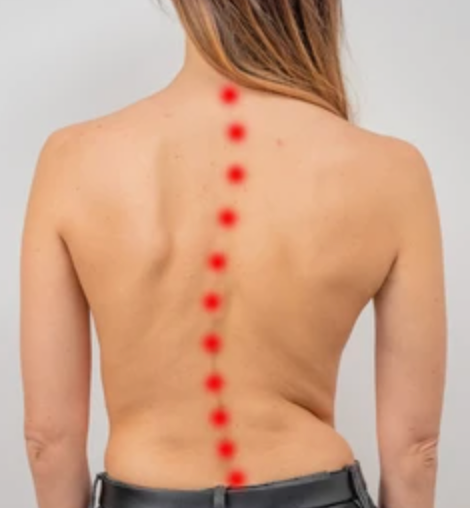
Ever looked into the mirror and see your shoulder or hips are uneven, or the clothes that you wear falls off to one side easily? In some cases you may feel intense discomfort or even have difficulty breathing. When you go and have a spinal screening, you found out that you have scoliosis.
Scoliosis is a medical condition characterised by an abnormal sideway curvature of the spins. The spine, instead of being straight when looking at it form the back of front, develops a “C” or ”S” shape. Scoliosis can be very subtle and occurs at any age, it often becomes noticeable during the growth spurts before puberty. The size and angle of the curves can vary in severity, severe cases may even impact mobility and internal organ function.
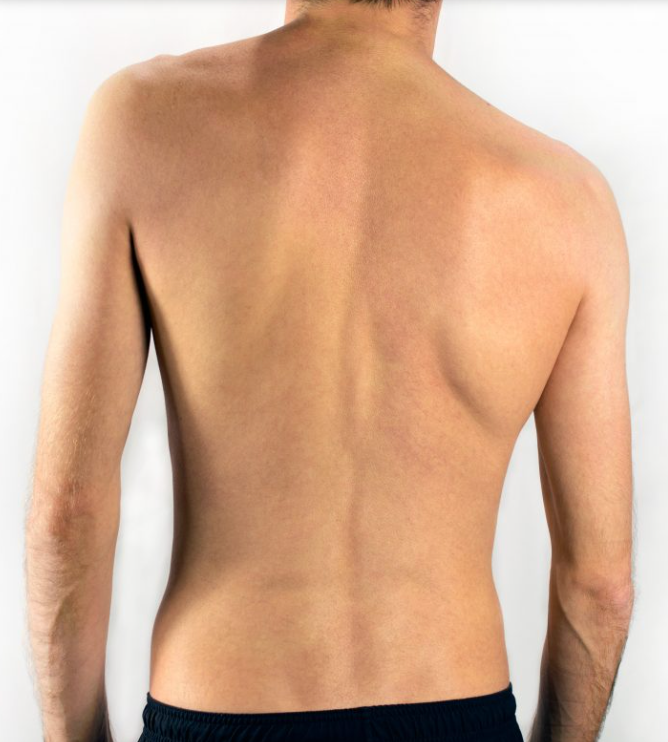
Types of Scoliosis
- Idiopathic Scoliosis: It is the most common form of scoliosis, accounting for about 80% of the cases. This scoliosis occurs without a specific cause and it is diagnosed only when the person gets his or her spine checked.
- Congenital Scoliosis: This scoliosis is present at birth due to malformation of the spine. Certain bones may be partially formed or even absent in the spine leading to abnormal curvature of the spine.
- Neuromuscular Scoliosis: This scoliosis is caused by poor brain-muscle connection. It can worsen in adulthood and may cause difficulties carrying out daily activities. Some conditions such as cerebral palsy or muscular dystrophy contributes to this type of scoliosis.
- Degenerative Scoliosis: Also known as adult scoliosis. This scoliosis occurs due to wear and tear on the spine. Uneven degeneration of the spine can cause the spine to curve.
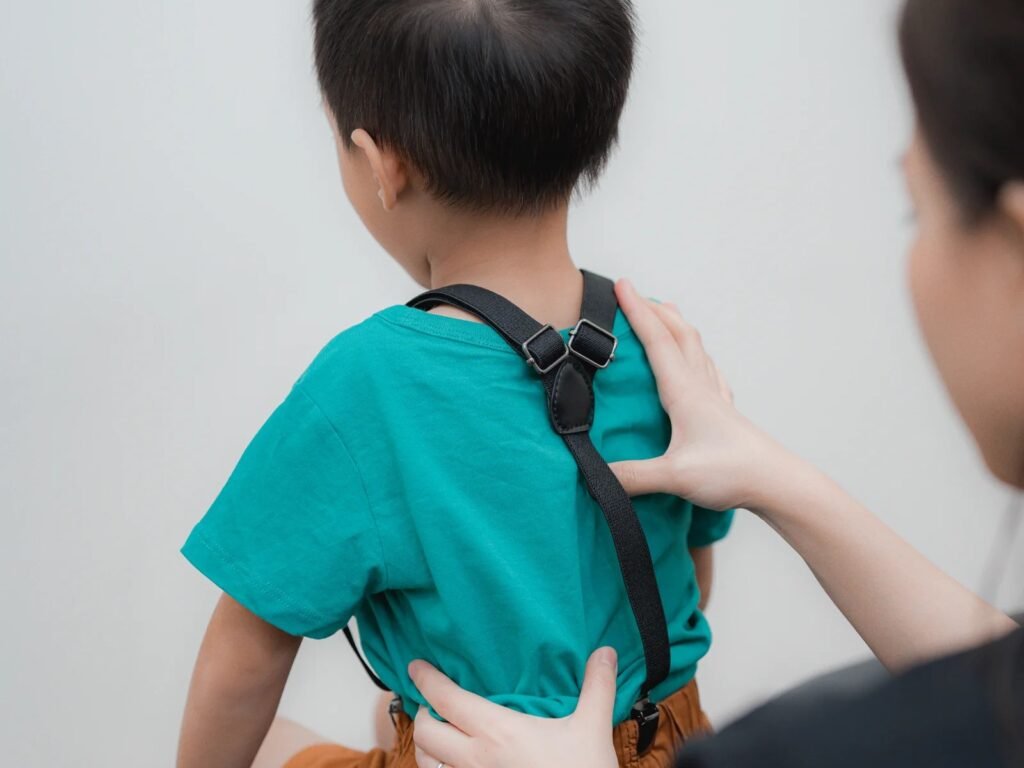
How Chiropractors Can Help
Chiropractic treatment is a non-invasive, drug-free approach in the management of scoliosis which focuses on aligning and improving the function of the spine. While chiropractic care is not a cure to scoliosis, it may help in relieving some symptoms and improving the quality of life through improving the mobility and function of the spine and nervous system.
Our treatment plans to accomplish this includes:
- Chiropractic adjustments
- Muscle release techniques
- Laser therapy
- Decompression traction therapy
- Stretches and rehabilitative exercises
- Ergonomic and lifestyle advice

